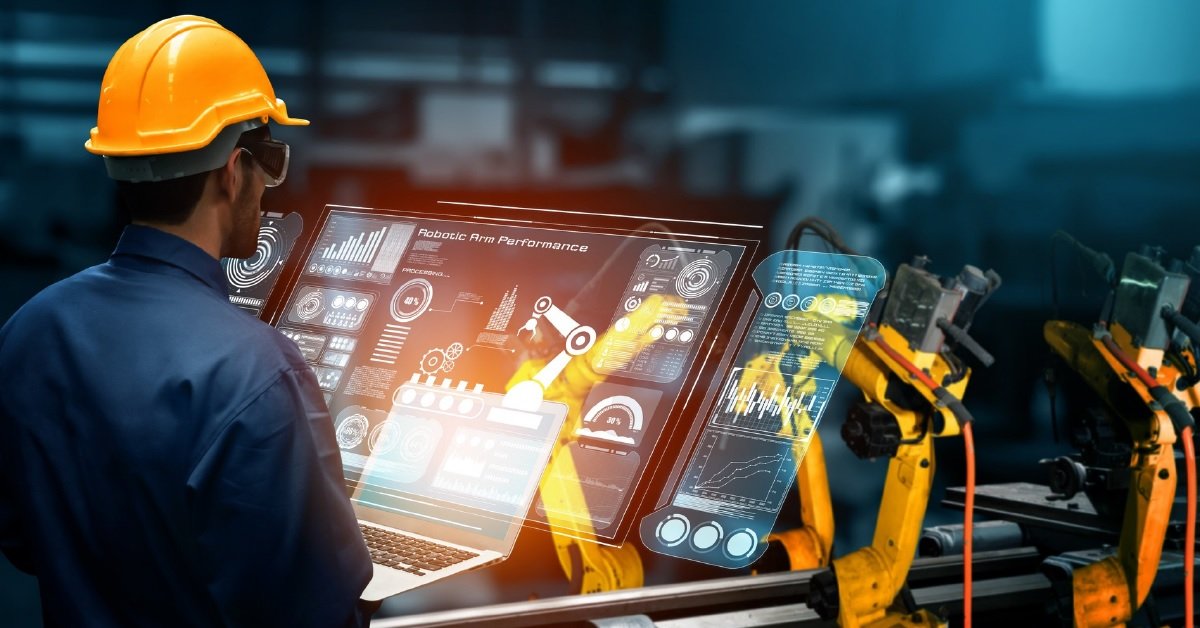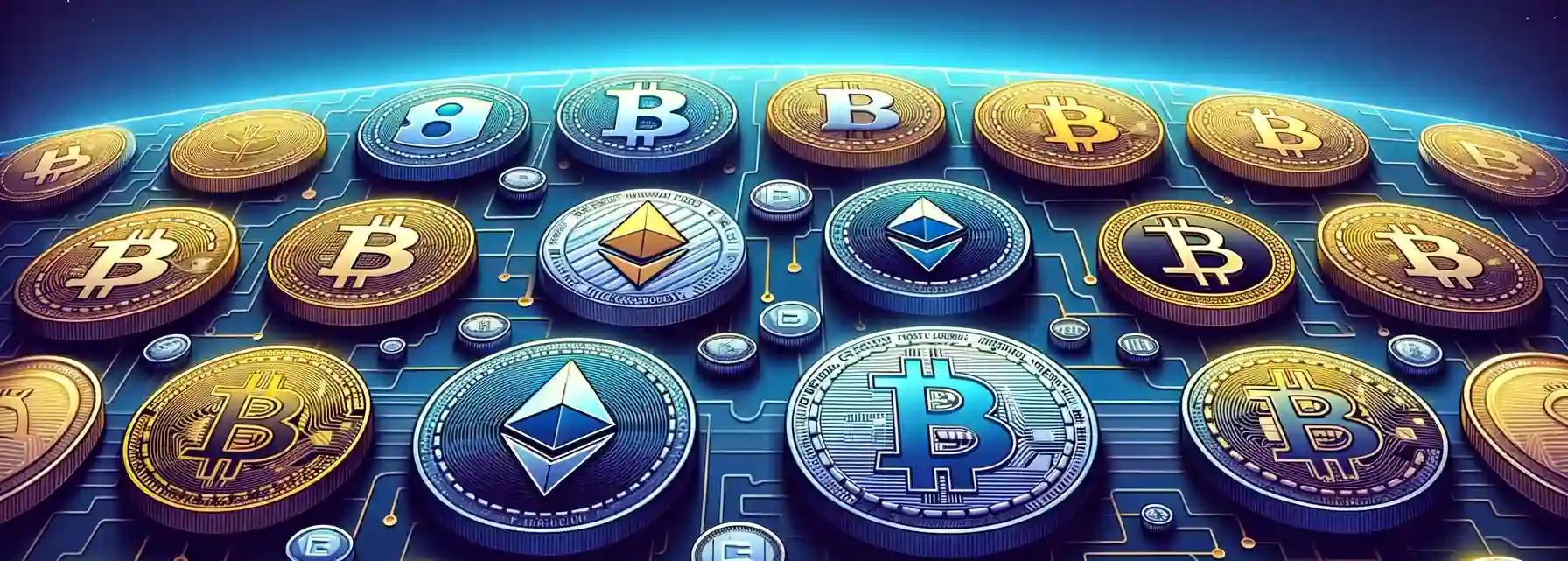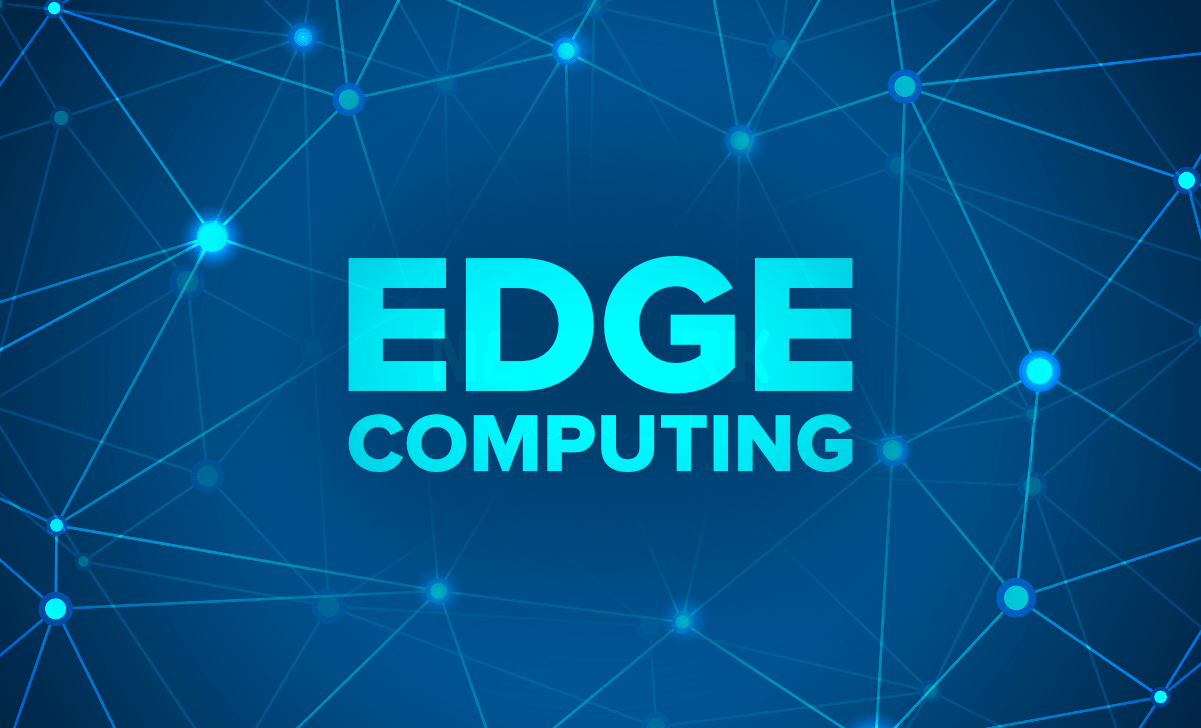Let’s be real, every time new technology comes along, it’s way too easy to think, “Is it really that big of a deal?” With 5G, though, the hype is legitimate. Of course, we’ve seen improvements with each generation of mobile networks—3G gave us mobile internet, 4G made streaming Netflix on our phones possible—but 5G is more than an iteration on a faster internet connection.
It is a platform that has the potential to redefine how we will live, work, and interact with technology in our daily lives and even in mind-blowing ways across different industries.
But just precisely what exactly is 5G, how does it work, and why should you care? Let’s get it unwrapped.
5G in Simple Terms: What Exactly Is It? 5G is the “fifth generation” of mobile network technology, but that barely scratches the surface. Whereas 4G was designed with the goal of making sure we can stream movies and chat and use apps quickly, 5G is designed to basically build a network that can handle just about anything we throw at it: self-driving cars, virtual reality, and beyond.
It is as if going from a two-lane to a twelve-lane superhighway, all lanes zooming along at incredible speed with minimum “traffic jams”—otherwise known as latency.
In fact, 5G is supposed to be up to 100 times faster than 4G, which, if you actually think about it, sounds wild but isn’t. Think of high-definition movies downloading in mere seconds instead of minutes or more. But beyond the speed, the most spectacular promise of 5G is the connection to an incredible amount of devices with no delay whatsoever.
What makes 5G so fast? 5G operates on higher frequency bands, which provides a very high volume of data at faster speeds. But here is the thing: high-frequency waves cannot travel very far or penetrate through buildings and walls quite as well as the lower frequencies that 4G utilized. To make 5G work right, it requires providers to put in many more small cell towers in more locations—think light poles, rooftops, and inside buildings.
In light of this, the dispersion of 5G is bound to happen in cities and densely populated areas at an even faster pace.
And speaking of latency, just for a second, this is the length of time it takes from sending information to receiving that information—several seconds at most when considering sending a text message.
The result with 5G is very close to zero latency, meaning instead of taking seconds, information is basically transmitted instantly. The reason this instant response is so important is because technologies such as self-driving cars literally depend on split-second communication if they’re going to travel the road safely.
Industry Transformations: 5G in Action Beyond Phones
While 5G will let us browse and stream faster on our phones, the changes it could bring go way beyond that. Imagine this—a world where doctors are performing remote surgeries, machines in factories working in flawless synchrony, and your home devices all talking seamlessly to one another. Here’s a look at some of the big shifts we might see across various industries.
Healthcare Revolution: Imagine being operated upon in a rural town with minimal health facilities by a specialist sitting hundred miles away from you. The remotest of remote surgeries and consultations could well become routine in areas where specialized medical care is not always easily accessible, thanks to the speed and zero latency that 5G can promise. And it is not just the treatment of patients; imagine devices routinely monitoring your vital signs and warning doctors at the slightest sign of trouble.
Smarter Manufacturing: With 5G, factories will become ‘smart’, where interconnected machines monitor their health and even repair themselves in case something goes wrong. 5G will be able to create a factory floor where each and every machine talks to the other one for minimal breakdowns, improved safety, and maximum productivity.
Just like giving each and every piece of equipment in this factory a brain all its own that is connected seamlessly together. Smart Cities and Urban Life: Just envision cities at every real second where, depending on the flow of traffic, the traffic light changes to pave congestion, or where trash cans send notices when they are full and the passing of the waste trucks is only needed when required. 5G can make this all possible by connecting thousands of devices in a city that can communicate with one another.
Not only will that make cities more efficient, but it also could reduce pollution and improve the quality of life by economizing resources.
What’s the catch?
Of course, every shiny new tech has its challenges. And 5G is no exception.
This would also mean infrastructure build-out: small cell towers installed closer to one another to maintain connectivity. It is far easier to do this in urban areas than in rural areas, furthering the digital divide. Reaching all with 5G will require a lot of time, investment, and many multilevel coordinated efforts.
Connected devices mean more data, which in itself is a double-edged sword. From the watches on our wrists to the refrigerators in our kitchens, everything is connected, and growing numbers of people have deep concerns regarding data privacy and security. If not properly secured, 5G networks will become victims of cyberattacks. Imagine an entire city of smart systems being hacked-everything from traffic lights to utility supplies could be in disarray.
Environmental Impact: The amount of materials and power required to construct and manage 5G is exceptionally high. The question thus arises as to what sort of environmental impact this might have. While 5G might allow for smart cities to be energy-efficient, the environmental cost-for all new hardware, along with greater data transmission-is not inconsiderable.
The Future: 6G and Beyond?
Believe it or not, the tech world is already talking about 6G. It’s a long way off, but early discussions indicate that it will focus even more on AI, machine-to-machine communication, and ultra-high data speeds that make 5G look slow. But before we get to 6G, we still have a lot to figure out with 5G.
For now, 5G is going to revolutionize how we interact with anything in the world, making experiences almost feel like magic. It’s not about faster phones; rather, it’s a preliminary runway toward a connected future-we’d say almost everything from your car down to your coffee machine-is wired into an intelligent, responsive network. It would most likely take a couple of years before we realize what 5G will truly offer. But today, the effect of this new cellular standard is already trickling into industry verticals, and it has barely gotten started.




